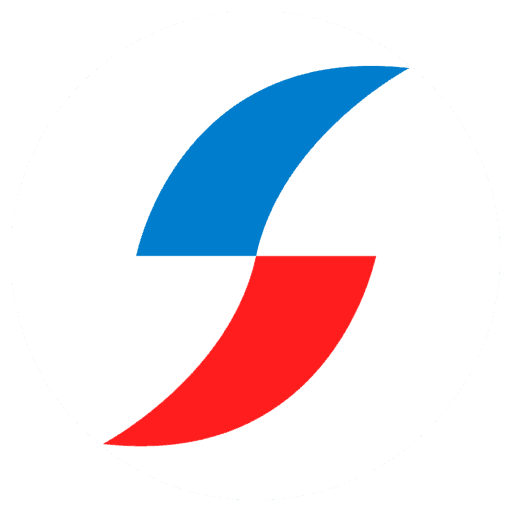Coal yards have two major ignition sources:
- Coal itself
- Conveyor belt materials
While belt materials are generally inert, exposure to heat (from overheated rollers or burning coal) can lead to carbon monoxide (CO) release. Coal can ignite through direct contact with hot surfaces or through spontaneous combustion, especially when stored improperly.
To enable automated fire response, CO sensors must be properly located and maintained for accuracy and reliability. These sensors are integrated with the water sprinkler system for coal handling plant operations to detect early signs of fire and activate suppression systems.

